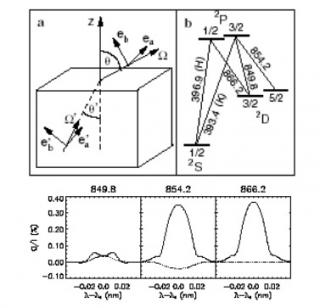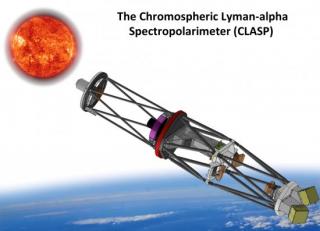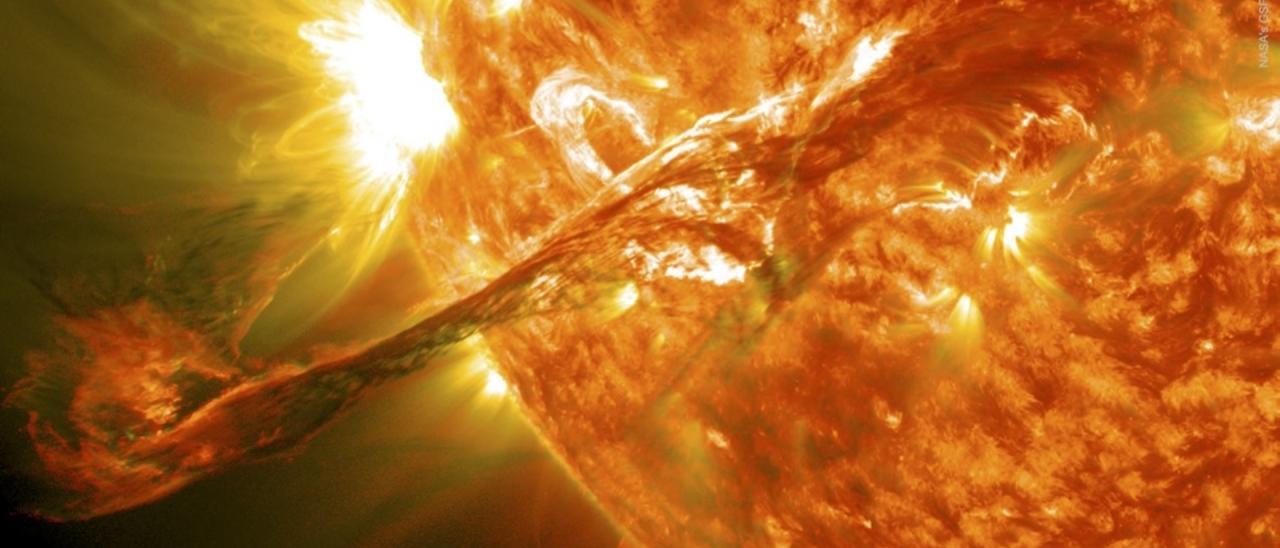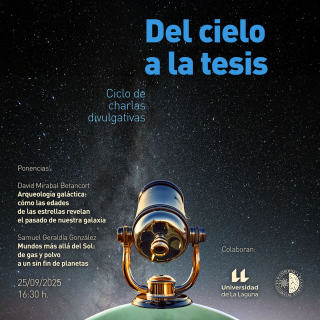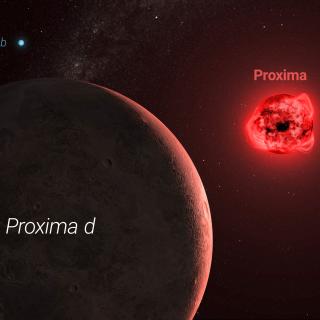In 1998, the journal Nature published a seminal letter concluding that the mysterious polarization signal that had been recently discovered in the light emitted by the sodium atoms of the solar atmosphere implies that the solar chromosphere (a very important layer of the solar atmosphere) is practically unmagnetized, in sharp contradiction with common wisdom. This paradox motivated laboratory experiments and theoretical investigations, which instead of providing a solution, raised new issues and even led some scientists to question the quantum theory of radiation-matter interaction. In an article published and highlighted today by the prestigious Physical Review Letters, Ernest Alsina Ballester (IRSOL and IAC), Luca Belluzzi (IRSOL) and Javier Trujillo Bueno (IAC) show the solution to such intriguing paradox, which has puzzled solar physicists over the last decades. This research opens up a new window for exploring the elusive magnetic fields of the solar chromosphere in the present new era of large-aperture solar telescopes.
Twenty-five years ago, an enigmatic signal was discovered while analyzing the polarization of sunlight with a new instrument, the Zurich Imaging Polarimeter (ZIMPOL). This mysterious linear polarization signal appears at the 5896 Å wavelength of the D1 line of neutral sodium where, according to the line’s quantum numbers, no linear polarization due to scattering processes should be present. This polarization signal was therefore totally unexpected, and its interpretation immediately opened an intense scientific debate. The mystery further increased two years later, when the journal Nature published a letter with an explanation, which required that the sublevels of the lower level of the D1 line are not equally populated. In that theoretical work, the enigmatic polarization signal of the D1 line was reproduced remarkably well. However, the proposed explanation implied that the region of the solar atmosphere known as the chromosphere is completely unmagnetized, in apparent contradiction with established results, which instead indicate that the quiet regions (outside sunspots) of the solar chromosphere are permeated by magnetic fields in the gauss range. This opened a serious paradox, which has challenged solar physicists for many years, and even led some scientists to question the quantum theory of atom-photon interactions.
A first breakthrough towards the resolution of the paradox was achieved in 2013 at the IAC, when Luca Belluzzi and Javier Trujillo Bueno theoretically discovered a new mechanism through which linear polarization can be produced in the sodium D1 line without the need of population imbalances in the lower level of the D1 line. However, that important step given by these researchers was for the idealized case of a solar atmosphere model without magnetic fields.
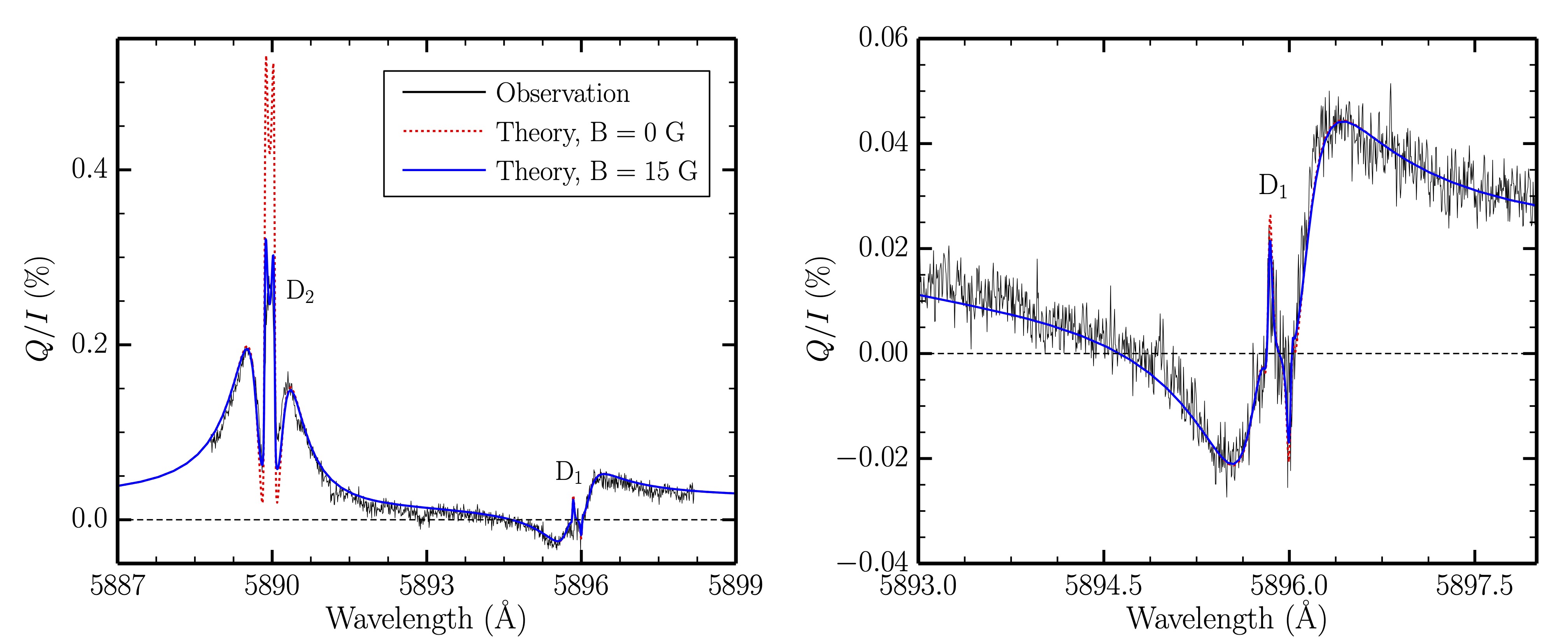
Figure 1: Variation with wavelength of the linear polarization (Q/I) of sunlight across the solar sodium D1 and D2 spectral lines (left panel) and across D1 (right panel). The black curves indicate the observed signals (the measurements were carried out at IRSOL with the ZIMPOL instrument). The red and blue curves show the results of theoretical calculations carried out neglecting (red) and including (blue) magnetic fields. An excellent agreement between the observation and the theoretical modeling is obtained when assuming that the quiet regions (outside sunspots) of the solar chromosphere are permeated by a magnetic field of 15 gauss.
In an article published today by Physical Review Letters, the prestigious scientific journal of the American Physical Society, Ernest Alsina Ballester, Luca Belluzzi, and Javier Trujillo Bueno show the solution to this intriguing paradox, which has puzzled solar physicists since 1998. As shown in figure 1, this team of researchers has been able to reproduce the enigmatic observations of the D1 line polarization, in the presence of magnetic fields in the gauss range. To achieve this result, it was necessary to carry out the most complete theoretical modeling of this polarization signal ever attempted, accounting for the joint action of very complex physical mechanisms. This required three years of work, carried out through a close cooperation between the Istituto Ricerche Solari (IRSOL) in Locarno-Monti (affiliated to the Università della Svizzera italiana) and the POLMAG group of the Instituto de Astrofísica de Canarias (IAC) in Tenerife (see http://research.iac.es/proyecto/polmag/).
This result has very important consequences. Linear polarization signals, like the one observed in the D1 line of sodium, are extremely interesting because they encode unique information on the elusive magnetic fields present in the solar chromosphere. This key interface layer of the solar atmosphere, located between the underlying cooler photosphere and the overlying million-degree corona, is at the core of several enduring problems in solar physics, including the understanding and prediction of the eruptive phenomena that may strongly impact our technology-dependent society. The magnetic field is known to be the main driver of the spectacular dynamical activity of the solar chromosphere, but our empirical knowledge of its intensity and geometry is still largely unsatisfactory. The solution of the long-standing paradox of solar D1 line polarization proves the validity of the present quantum theory of spectral line polarization, and opens up a new window to explore the magnetism of the solar atmosphere in the present new era of large-aperture solar telescopes.
This research has received funding from the Swiss National Science Foundation (SNSF) through Grant 200021-175997 and from the European Research Council (ERC) under the European Union’s Horizon 2020 research and innovation programme (Advanced Grant agreement No. 742265).
Publication: Alsina Ballester, E., Belluzzi, L. y Trujillo Bueno, J.: Solving the paradox of the solar sodium D1 line polarization, Physical Review Letters, 18 August 2021 (Vol. 127, No. 8). DOI: 10.1103/PhysRevLett.127.081101
Contact at the IAC:
- Ernest Alsina Ballester: ernest.alsina [at] iac.es (ernest[dot]alsina[at]iac[dot]es)
- Javier Trujillo Bueno: jtb [at] iac.es (jtb[at]iac[dot]es)


